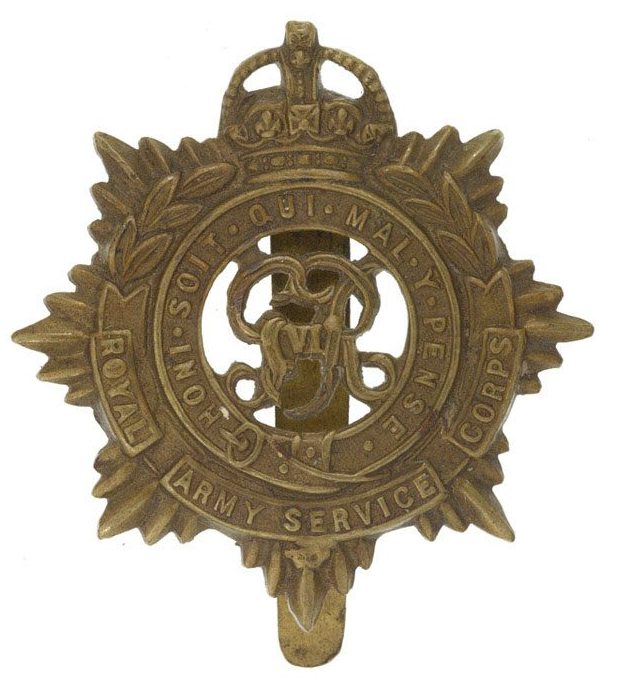Personal Details
Born: In 1891 in Little Clifton, Cockermouth, Cumberland.
Family: He was the third of four children born to Walter Little, a joiner, and his wife Sarah Jane. He married Elsie M Massey on 10 October 1917 in St. John’s Wesleyan Chapel, Whitchurch, Shropshire. The couple had two children, Margaret M born 1920 and Joseph J born 1925. Both children were born in Whitchurch.
Residence: He lived with his family at 3 Chapel Terrace, Bridgefoot, Little Clifton, Cockermouth, Cumberland until at least 1911. The 1919 Absent Voters` List has an address of 23 Alkington Road, Whitchurch for him. The UK Outward Passenger Lists for 21 June 1927 showed they had been living at 9 Prince Edward Road, Nantwich, Cheshire. The family emigrated to Australia living in Sydney, New South Wales; he was living in Burwood, Sydney at the time of his death.
Employment: In 1911 he was a solicitor’s clerk; the 1927 passenger list shows him as a salesman.
Died: 5 February 1965 in Burwood, Sydney, New South Wales, Australia.
Military Details
Regiment: Royal Army Service Corps (previously London Regiment)
Rank: Corporal
Service Number: M/395760 (previously 3762)
Date of Enlistment: Not known
Date of Discharge: Not known
Reason for Discharge: Not known
Harold was awarded the Campaign Medals (British War Medal, and Victory Medal)

The British War Medal (also known as 'Squeak') was a silver or bronze medal awarded to officers and men of the British and Imperial Forces who either entered a theatre of war or entered service overseas between 5th August 1914 and 11th November 1918 inclusive. This was later extended to services in Russia, Siberia and some other areas in 1919 and 1920. Approximately 6.5 million British War Medals were issued. Approximately 6.4 million of these were the silver versions of this medal. Around 110,000 of a bronze version were issued mainly to Chinese, Maltese and Indian Labour Corps. The front (obv or obverse) of the medal depicts the head of George V. The recipient's service number, rank, name and unit was impressed on the rim.
The Allied Victory Medal (also known as 'Wilfred') was issued by each of the allies. It was decided that each of the allies should each issue their own bronze victory medal with a similar design, similar equivalent wording and identical ribbon. The British medal was designed by W. McMillan. The front depicts a winged classical figure representing victory. Approximately 5.7 million victory medals were issued. Interestingly, eligibility for this medal was more restrictive and not everyone who received the British War Medal ('Squeak') also received the Victory Medal ('Wilfred'). However, in general, all recipients of 'Wilfred' also received 'Squeak' and all recipients of The 1914 Star or The 1914/1915 Star (also known as 'Pip') also received both 'Squeak' and 'Wilfred'. The recipient's service number, rank, name and unit was impressed on the rim.

